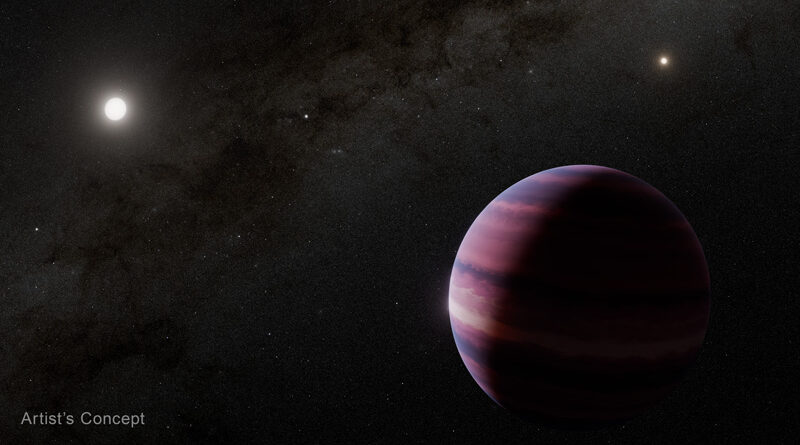Planet Candidate Found in Alpha Centauri A’s Habitable Zone
Credit: NASA
The James Webb Space Telescope has found the best evidence to date of an exoplanet orbiting the star Alpha Centauri A. The planet is in the star’s habitable zone, opening the possibility that biological life could develop. It is the closest such planet to the Sun, making the discovery priceless.
As part of the new study, scientists observed the immediate vicinity of Centaurus A three times — from August 2024 to April 2025 — using the MIRl instrument of the James Webb Space Telescope. This is how they found a candidate for a planet — object S1. They managed to “catch” it only once, during the first observations in August 2024.
“This is a case of a disappearing planet! To investigate this mystery, we modeled millions of possible orbits, using all the knowledge we gained from when we saw the planet and when we didn’t,” explained Aniket Sanhi, a co-author of one of the two papers in the new study, from the California Institute of Technology.
The authors of the new study are confident that the object is not an observational error or a byproduct of “cleaning” the data from noise. Also, S1 is definitely not a distant star against the background of Alpha Centauri or some object closer to us.

To calculate the characteristics of the probable planet candidate, the researchers assumed that the new S1 and the previously “caught” C1 were the same object. Using computer modeling, the scientists found possible stable orbits of S1+C1, which explains the absence of the object in further images. The planet candidate shifted in its orbit and visually appeared too close to A Centauri A, so James Webb was no longer able to see it.
“If confirmed, the potential planet found in Webb’s image of Alpha Centauri A would mark a new milestone in exoplanet research,” – the researchers say.




